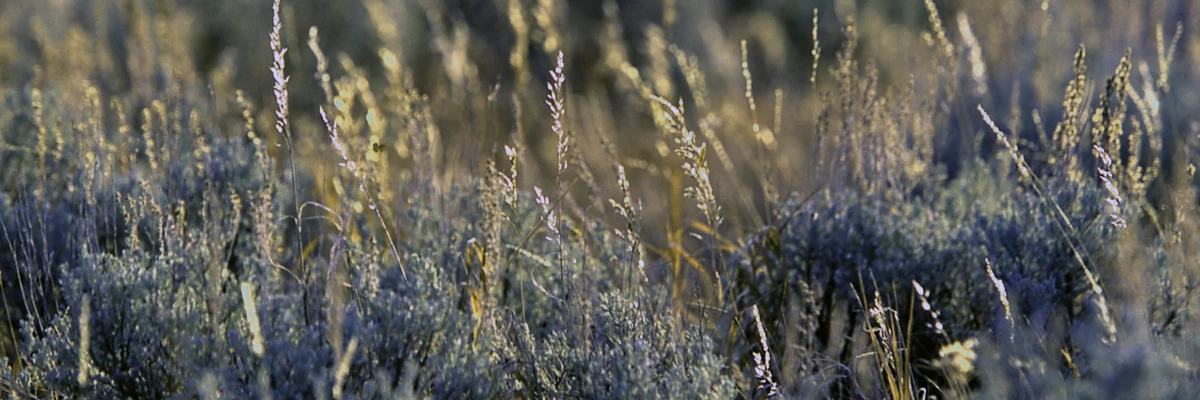
NPS This vegetation type occurs in the northern range; in Hayden, Pelican, and Madison valleys; on Swan Lake Flats; and along many of the rivers and creeks. Mountain big sagebrush (Artemisia tridentata var. vaseyana) dominates, along with several other kinds of sagebrush. Several grass species, such as Idaho fescue (Festuca idahoensis), also dominate sagebrush-stepper. Other species found in sagebrush-steppe include mountain brome, needlegrasses, yampah, sticky geranium, and several species of upland sedges. The northern range can be spectacular with these wildflowers in late June and early July. In 2015, a long-term sagebrush-steppe monitoring program was initiated to track the changes in plant cover and species composition over many years with an emphasis on invasive species. Data loggers will be used to assist staff with correlating any changes in the vegetation with climate change 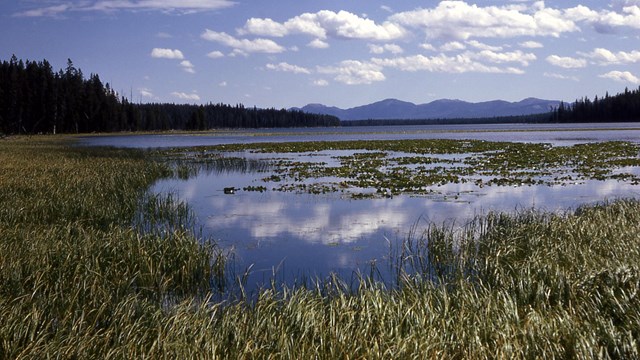
Wetlands
Yellowstone’s wetlands include lakes, rivers, ponds, streams, seeps, marshes, fens, wet meadows, forested wetlands, and hydrothermal pools. 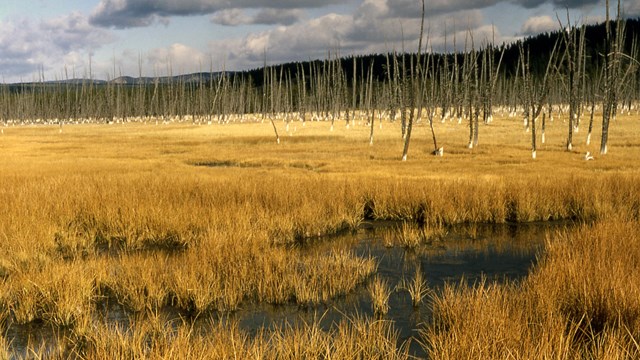
Hydrothermal Plant Communities
Fascinating and unique plant communities have developed in the expanses of thermally heated ground. 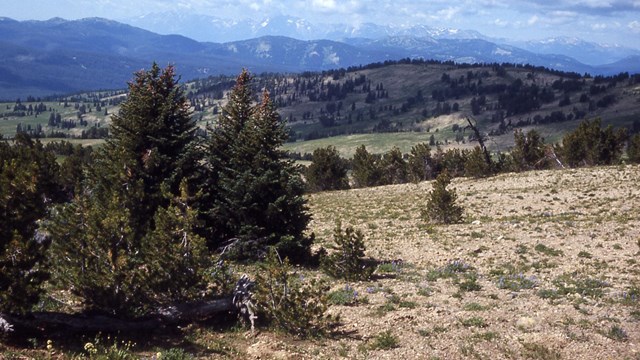
Vegetation & Resources Management Branch
Park employees who inventory, monitor, manage, and research the vast array of plant communities in the park. 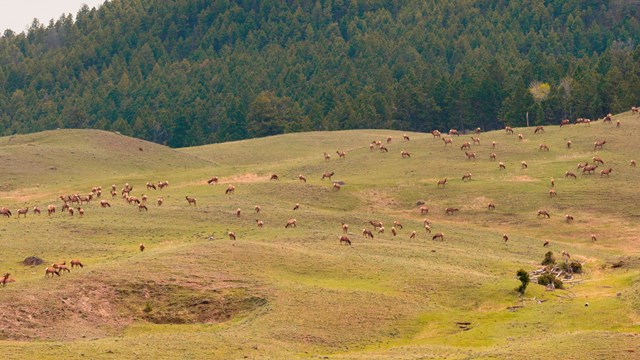
Plants
Spring is a time for plant growth, fueling the return of many migratory species. |
Last updated: April 18, 2025
